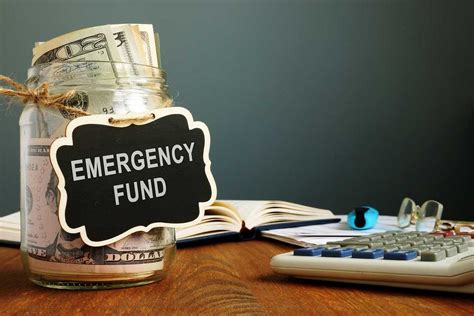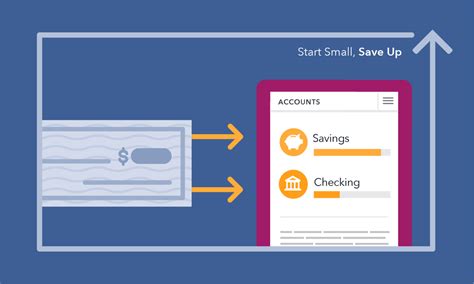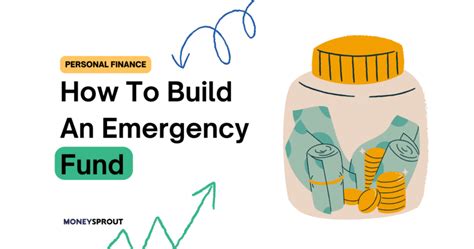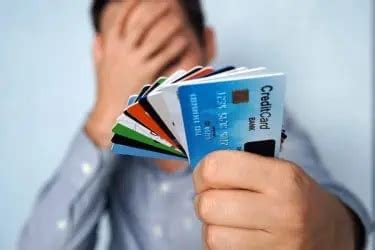Life is full of unexpected twists and turns, from sudden job loss to medical emergencies or urgent home repairs. Without a financial safety net, these events can quickly spiral into significant debt and stress. That’s where an emergency fund comes in – a dedicated savings account designed to cover 3 to 6 months’ worth of essential living expenses. While the idea of saving such a substantial amount quickly might seem daunting, it’s an achievable goal with focused effort and a strategic approach.
Why a Rapid Emergency Fund is Non-Negotiable
An emergency fund isn’t just a good idea; it’s a cornerstone of financial stability. It provides peace of mind, prevents you from going into debt when crises strike, and allows you to make calm, rational decisions rather than panicking. Building it quickly means you gain this invaluable protection sooner, insulating yourself from potential financial shocks that could derail your long-term goals.

Aggressive Expense Reduction: The First Line of Attack
The fastest way to free up cash for your emergency fund is to slash your spending. This isn’t about minor adjustments; it’s about a temporary, aggressive overhaul of your budget. Think of it as a financial sprint:
- Audit Your Spending: Track every penny for a month to identify exactly where your money goes.
- Eliminate Non-Essentials: Cut out dining out, entertainment, subscriptions you rarely use, daily coffees, and impulse buys. Be ruthless.
- Reduce Recurring Bills: Shop around for cheaper insurance, negotiate internet/cable bills, or temporarily downgrade services.
- Cook at Home: This is one of the biggest money-savers. Plan meals, buy groceries in bulk, and pack lunches.
- Pause Savings Goals (Temporarily): While not ideal for the long term, briefly diverting funds from retirement or other savings to your emergency fund can accelerate its growth. Once your emergency fund is robust, reinstate those contributions.

Boost Your Income: Accelerate Your Progress
While cutting expenses helps, increasing your income is often the fastest way to see significant growth in your emergency fund. Every extra dollar earned goes straight into your savings:
- Sell Unused Items: Declutter your home and turn unwanted items into cash. Think old electronics, furniture, clothes, or collectibles. Use platforms like eBay, Craigslist, Facebook Marketplace, or local consignment shops.
- Take on a Side Hustle: Deliver food, drive for a rideshare service, freelance your skills (writing, graphic design, web development), dog walk, tutor, or do odd jobs. Even a few extra hours a week can make a big difference.
- Ask for Overtime: If your job offers it, volunteer for extra hours.
- Negotiate a Raise: If you’ve been excelling at work, a raise could provide a sustainable boost to your income.
- Monetize a Hobby: Can you sell crafts, baked goods, or provide a service based on a passion?

Automate, Prioritize, and Stay Focused
Consistency is key, especially when you’re aiming for speed.
Automate Your Savings
Set up an automatic transfer from your checking account to your dedicated emergency fund savings account the day you get paid. Even if it’s a small amount at first, automate it. This removes the temptation to spend the money and ensures consistent contributions.
Make it a Top Priority
For a temporary period, make building your emergency fund your absolute top financial priority, above almost everything else (except essential bills). Every windfall – a tax refund, bonus, or unexpected gift – should go directly into this fund.
Track Your Progress
Seeing your balance grow can be incredibly motivating. Use a spreadsheet or a budgeting app to track your progress towards your goal. Celebrate milestones to keep morale high.

Where to Keep Your Emergency Fund
Your emergency fund needs to be both accessible and secure, but not too easy to dip into for non-emergencies. A high-yield online savings account is often the best choice. These accounts typically offer higher interest rates than traditional brick-and-mortar banks, allowing your money to grow a little faster, while still providing quick access when you truly need it. Keep it separate from your regular checking account to avoid accidental spending.

Conclusion
Building an emergency fund quickly demands discipline, sacrifice, and creativity, but the financial security and peace of mind it offers are priceless. By aggressively cutting expenses, boosting your income, automating your savings, and prioritizing this critical goal, you can achieve a robust emergency fund sooner than you think. Start today, stay committed, and fortify your financial future against life’s inevitable surprises.




